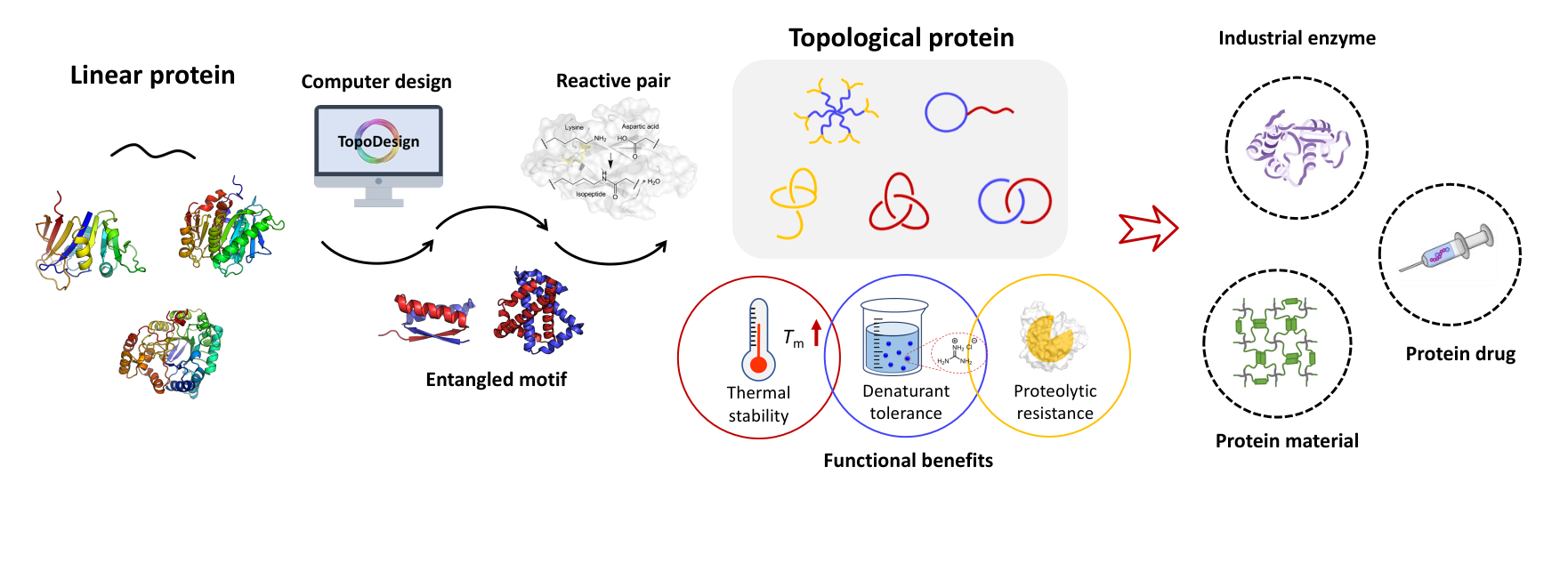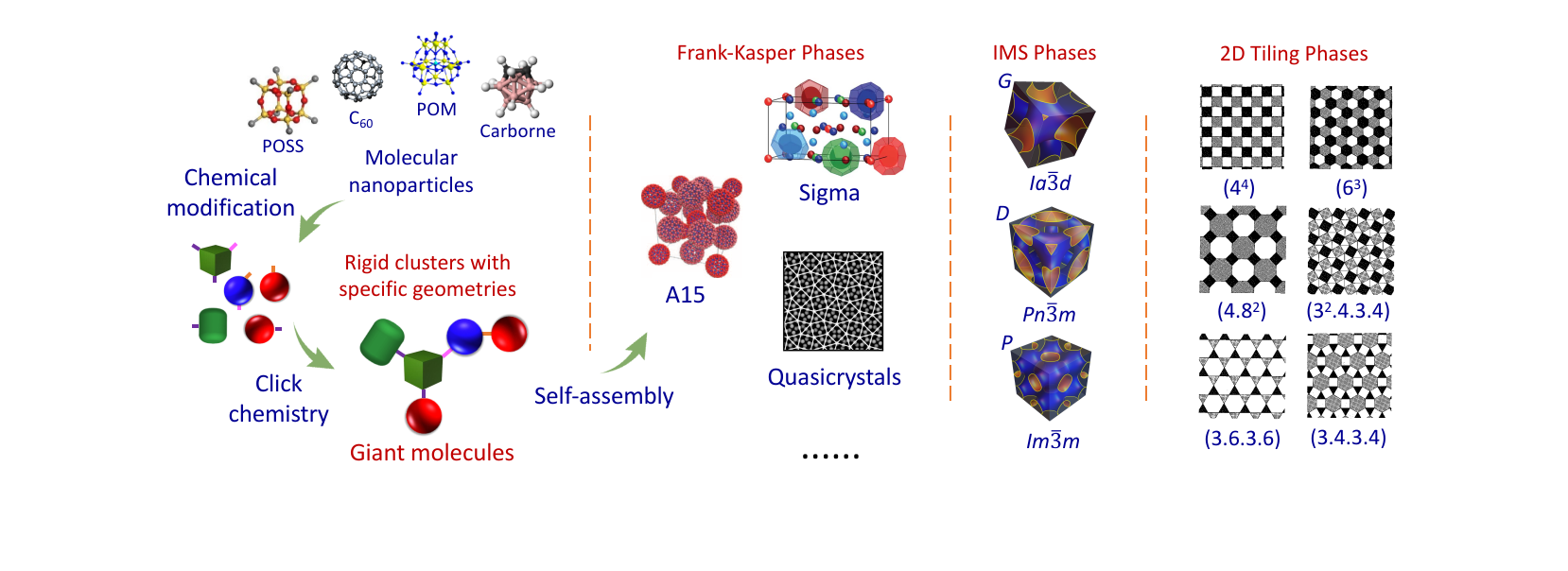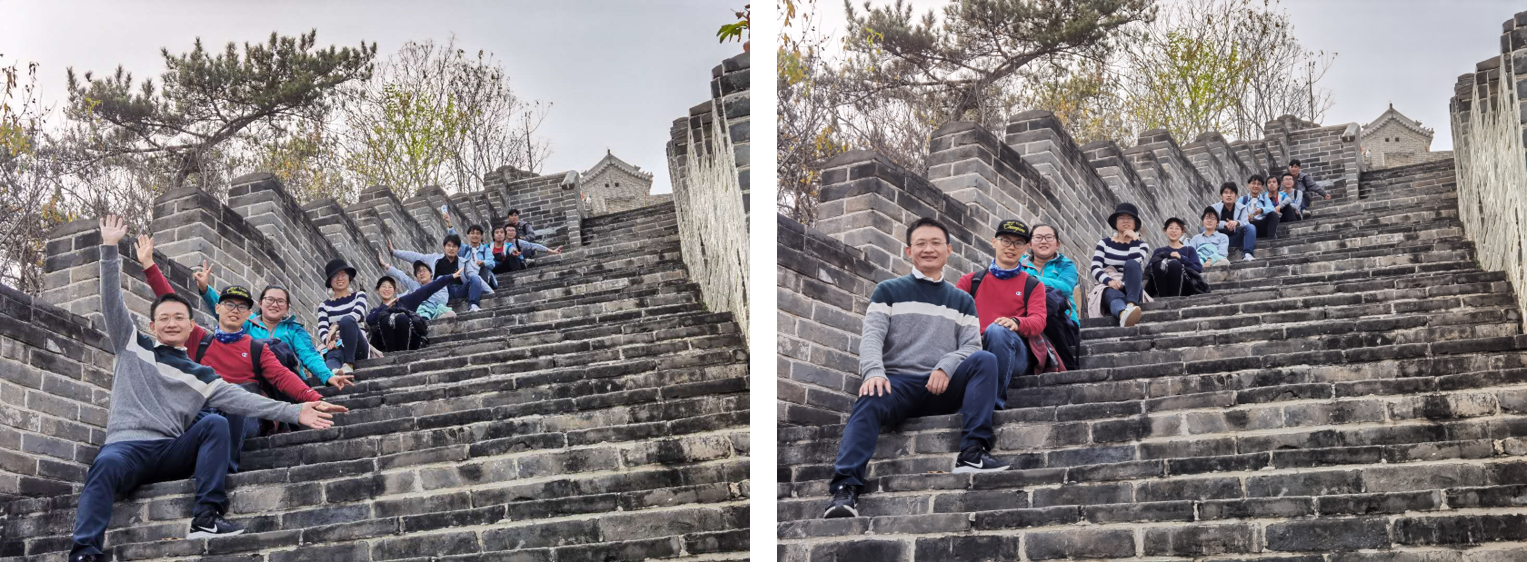箴言
在科学上没有平坦的大道,只有那些不畏艰险沿着陡峭山路攀登的人,才有希望达到光辉的顶点。
----马克思
-----------------------------------------------
合作研究
请有兴趣的研究组联系我们。欢迎任何形式的合作,尤其是在自组装、水凝胶以及生物医药等方向的合作。
------------------------------------------
研究成果
Ren, X.; Sun, B.; Tsai, C.-C.; Tu, Y.; Leng, S.; Li, K.; Kang, Z.; Van Horn, R. M.; Li, X.; Zhu, M.; Wesdemiotis, C.; Zhang, W.-B.;* Cheng, S. Z. D.* Synthesis, Self-assembly, and Crystal Structure of a Shape-Persistent Polyhedral-Oligosilsesquioxane-Nanoparticle Tethered Perylene Diimide. J. Phys. Chem. B 2010, 114, 4802-4810. [Link] [PDF]

Abstract
A novel organic−inorganic hybrid with two polyhedral oligosilsesquioxane (POSS) nanoparticles covalently attached to perylene diimide (PDI) via a rigid 1,4-phenylene linkage (POSS-PDI-POSS) was designed and synthesized to examine the effect of bulky and well-defined nanoparticle side chains on the self-assembly behavior of PDI derivatives. The molecules were self-assembled directly by slow evaporation of a cast drop from solution in tetrahydrofuran to give rise to uniform crystalline nanobelts with dimensions typically of 0.2 mm × 1 μm × 50 nm. The phase behavior and crystal structure of the sample were then elucidated via a combination of different experimental techniques such as differential scanning calorimetry (DSC), wide-angle X-ray diffraction (WAXD), selected area electron diffraction (SAED) in transmission electron microscopy (TEM), polarized light microscopy, and atomic force microscopy. One-dimensional (1D) WAXD and DSC revealed that only one crystalline phase exists. Based on the 2D WAXD fiber pattern obtained from the oriented POSS-PDI-POSS samples, the crystalline structure was determined to be a triclinic unit cell with dimensions of a = 6.577 nm, b = 5.213 nm, c = 1.107 nm, α = 93.26°, β = 94.85°, and γ = 92.73°, which was confirmed by SAED experiments on the single crystals with different crystal zone orientations. The detailed molecular conformational analysis indicated that the steric hindrance of the POSS nanoparticles covalently attached to PDI via a rigid 1,4-phenylene linkage makes it difficult to achieve a continuous stacking of PDIs. Instead, the molecules dimerized to maximize the π−π interaction. The dimers then became the building blocks and packed themselves into the unit cell. This strong tendency for dimerization was supported by concentration-dependent ultraviolet/visible absorption spectra, florescence spectra, and tandem mass spectroscopy with traveling wave ion mobility separation. The combined SAED and TEM results showed that the c*-axis of the crystal is along the elongated direction of the single-crystal nanobelt and the normal direction of the π−π stacking is along the a*-axis. A crystal structure with six dimers as one supramolecular motif in one unit cell was proposed to account for the unusually large unit cell dimensions. The complex structure could be attributed to the longitudinal, transverse, and slightly rotational offsets between the PDIs in the dimers and interdigitated neighboring dimers due probably to both electrostatic interactions and steric demands. The molecular packing scheme in the crystal was simulated using Cerius2 software, and the resulting diffraction data agreed well with the experimental results. The rationale for such 1D nanostructured morphology formation is also discussed.





